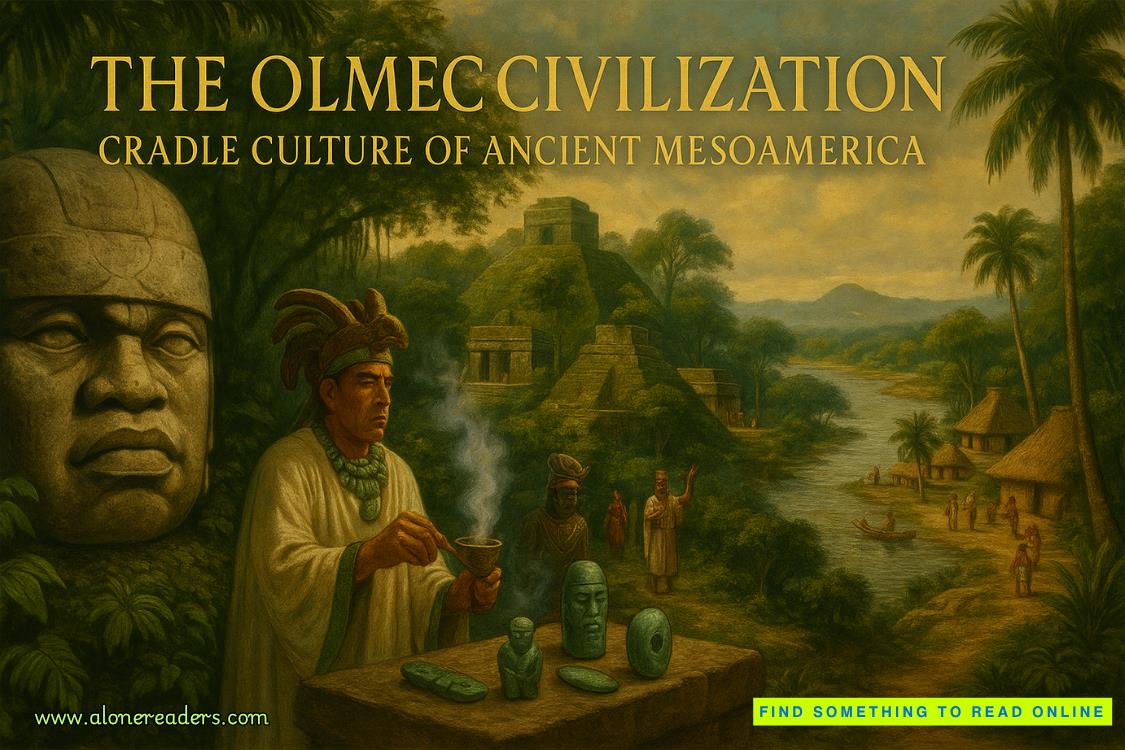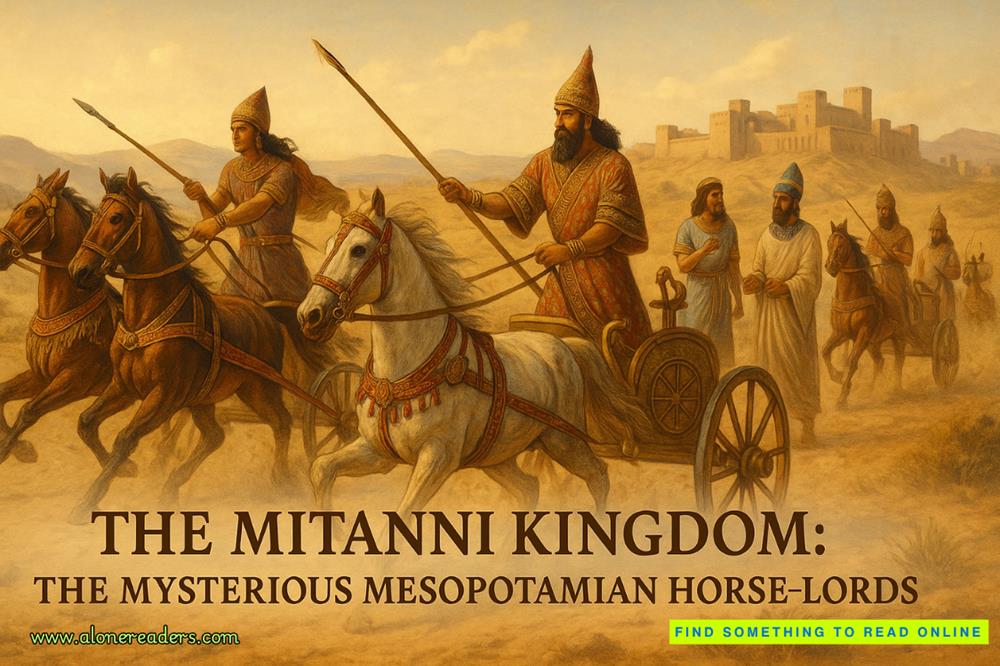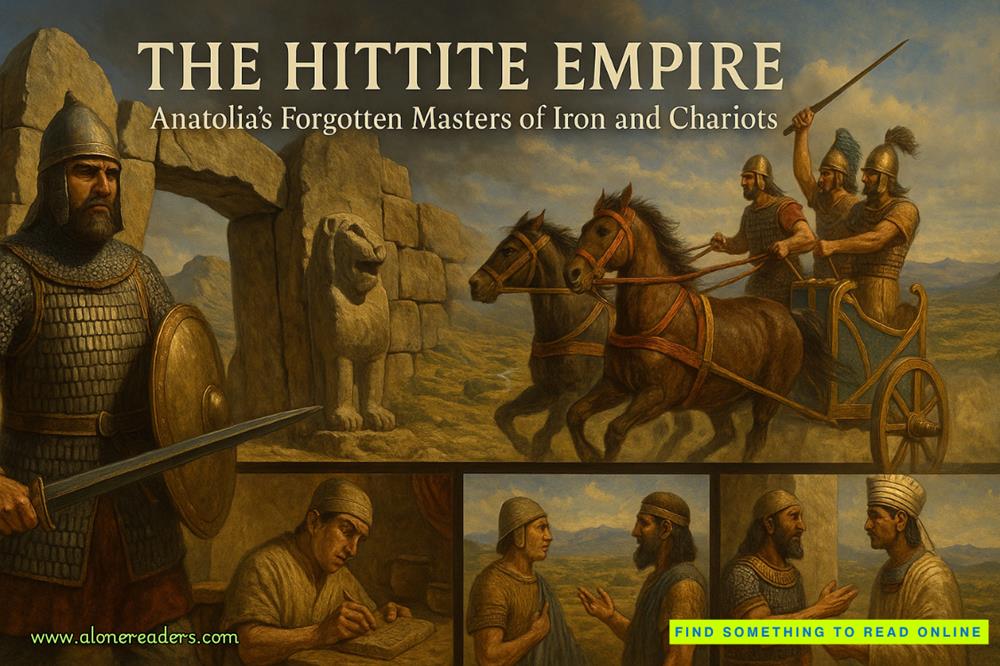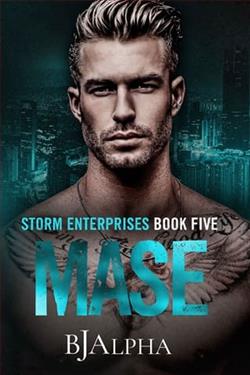Page 187 of The Cold Moon (Lincoln Rhyme 7)
With another two dozen soldiers and police armed with automatic weapons on the surrounding streets and tops of buildings, HUD was virtually impregnable.
From the exterior, that is.
But no one realized that the threat wouldn't be coming from outside.
Charles Hale displayed his three military-issue IDs, two of them unique to this event and delivered to attendees just two days ago. He was nodded through the metal detector, then physically patted down.
A final guard, a corporal, checked his IDs a second time then saluted him. Hale returned the gesture and stepped inside.
The HUD building was labyrinthine but Hale now made his way quickly to the basement. He knew the layout of the place perfectly because the fifth supposed victim of the psycho Watchmaker, Sarah Stanton, was the estimator of the flooring company that had supplied carpeting and linoleum tile to the building, a fact he'd learned from public filings regarding government contractors. In Sarah's file cabinets he found precise drawings of every room and hallway in HUD. (The company was also across the hall from a delivery service--which he'd called earlier to complain about a package to the Metropolitan Museum that had never been delivered, lending credence to the apparent plot to steal the Delphic Mechanism.)
In fact, all of the Watchmaker's "assaults" this week, with the exception of the attention-getting blood bath at the pier, were vital steps in his mission today: the flooring company, Lucy Richter's apartment, the Cedar Street alleyway and the florist shop.
He'd broken into Lucy's to photograph, and later forge, the special all-access passes that were required for soldiers attending the awards ceremony (he'd learned her name from a newspaper story about the event). He'd also copied and later memorized a classified Defense Department memo she'd been given about the event and security procedures that would be in effect at HUD today.
The apparent murder of the fictional Teddy Adams had served a purpose, as well. It was in the alley behind this very building that Hale had placed the body of the Westchester car wreck victim. When Charlotte Allerton--playing the man's distraught sister--had arrived, the guards had let the hysterical woman through the back door of HUD and allowed her to use the restroom downstairs without searching her. Once inside, she'd planted what Hale was now retrieving from the bottom of the in-wall trash bin: a silenced .22-caliber pistol and two metal disks. There'd been no other way to get these items into a building protected by a series of metal detectors and pat-downs. He now hid these in his pockets and headed to the sixth-floor conference room.
Once there, Hale spotted what he thought of as the mainspring of his plan: the two large flower arrangements that Joanne Harper had created for the ceremony, one in the front of the room and one in the back. Hale had learned from the Government Service Administration vendor liaison office that she had the contract to supply flower arrangements and plants to the HUD facility. He'd broken into her Spring Street workshop to hide something in the vases, which would pass through security with, he hoped, only a brief look, since Joanne had been a trusted vendor for several years. When Hale had broken
into her workshop he'd taken with him, in his shoulder bag, something in addition to the moon-faced clock and his tools: two jars of an explosive known as Astrolite. More powerful than TNT or nitroglycerin, Astrolite was a clear liquid that remained explosive even when absorbed into another substance. Hale found which arrangements were going to HUD and poured the Astrolite into the bottoms of the vases.
Hale, of course, might have simply broken into the four locations without the fiction of the Watchmaker, but if anyone had seen a burglar or noticed anything missing or out of order, the question would have arisen: What was he really up to? So he'd created layers of motives for the break-ins. His original plan was simply to pretend to be a serial killer to get access to the four locations he needed to, sacrificing his unfortunate assistant, Vincent Reynolds, in order to convince the police that the Watchmaker was just who he seemed to be. But then in mid November, an organized crime contact in the area called and told him that an NYPD cop named Dennis Baker was looking for a hit man to kill an NYPD detective. The mob wouldn't touch killing a cop, but was Hale interested? He wasn't but he immediately realized that he could use Baker as a second complication to the plan: a citizen getting revenge against a crooked cop. Finally, he added the wonderful flourish of the Delphic Mechanism theft.
Motive is the one sure way to get yourself caught. Eliminate the motive, you eliminate suspicion. . . .
Hale now stepped to the front flower arrangement in the conference room and adjusted it the way any diligent soldier would do--a soldier proud to be part of this important occasion. When no one was looking he pushed one of the metal disks he'd just retrieved from downstairs--computerized detonators--into the explosive, pushed the button to arm it and fluffed up the moss, obscuring the device. He did the same to the arrangement in the back, which would detonate via a radio signal from the first detonator.
These two lovely arrangements were now lethal bombs, containing enough explosive to obliterate the entire room.
The tone in Rhyme's lab was electric.
Everyone, except Pulaski, on a mission at Rhyme's request, was staring at the criminalist, who was in turn gazing at the evidence charts that surrounded him like battalions of soldiers awaiting his orders.
"There're still too many questions," Sellitto said. "You know what's going to happen if we push that button."
Rhyme glanced at Amelia Sachs. "What do you think?" he asked.
Her ample lips tightened. "I don't think we have any choice. I say yes."
"Oh, man," Sellitto said.
Rhyme said to the rumpled lieutenant, "Make the call."
Lon Sellitto dialed a little-known number that connected him immediately to the scrambled phone sitting on the desk of the mayor of New York City.
Standing in the conference room in HUD, which was filling up with soldiers and their guests, Charles Hale felt his phone vibrate. He pulled it from his pocket and glanced down at the text message, another one from Charlotte Allerton. FAA grounding all flights. Trains stopped. Special team at NIST office checking U.S. clock. It's a go. God bless.
Perfect, Charles thought. The police believed the complication about the Delphic Mechanism and his apparent plan to hack into the computer controlling the nation's cesium clock.
Hale stepped back, looked over the room and plastered a satisfied look on his face. He left and took the elevator down to the main lobby. He walked outside, where limos were arriving, under heavy security. He eased into the crowd that was gathered on the other side of the concrete barriers, some waving flags, some applauding.
He noted the protesters too, scruffy young people, aging hippies and activist professors and their spouses, he assessed. They carried placards and were chanting things that Hale couldn't hear. The gist, though, was displeasure at U.S. foreign policy.
Hang around, he told them silently.
Sometimes you get what you ask for.
Chapter 38















